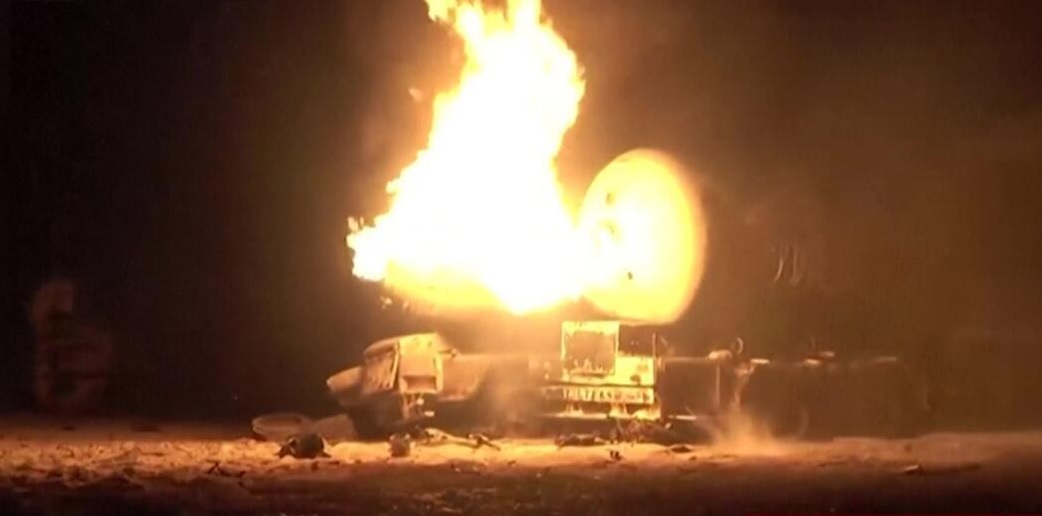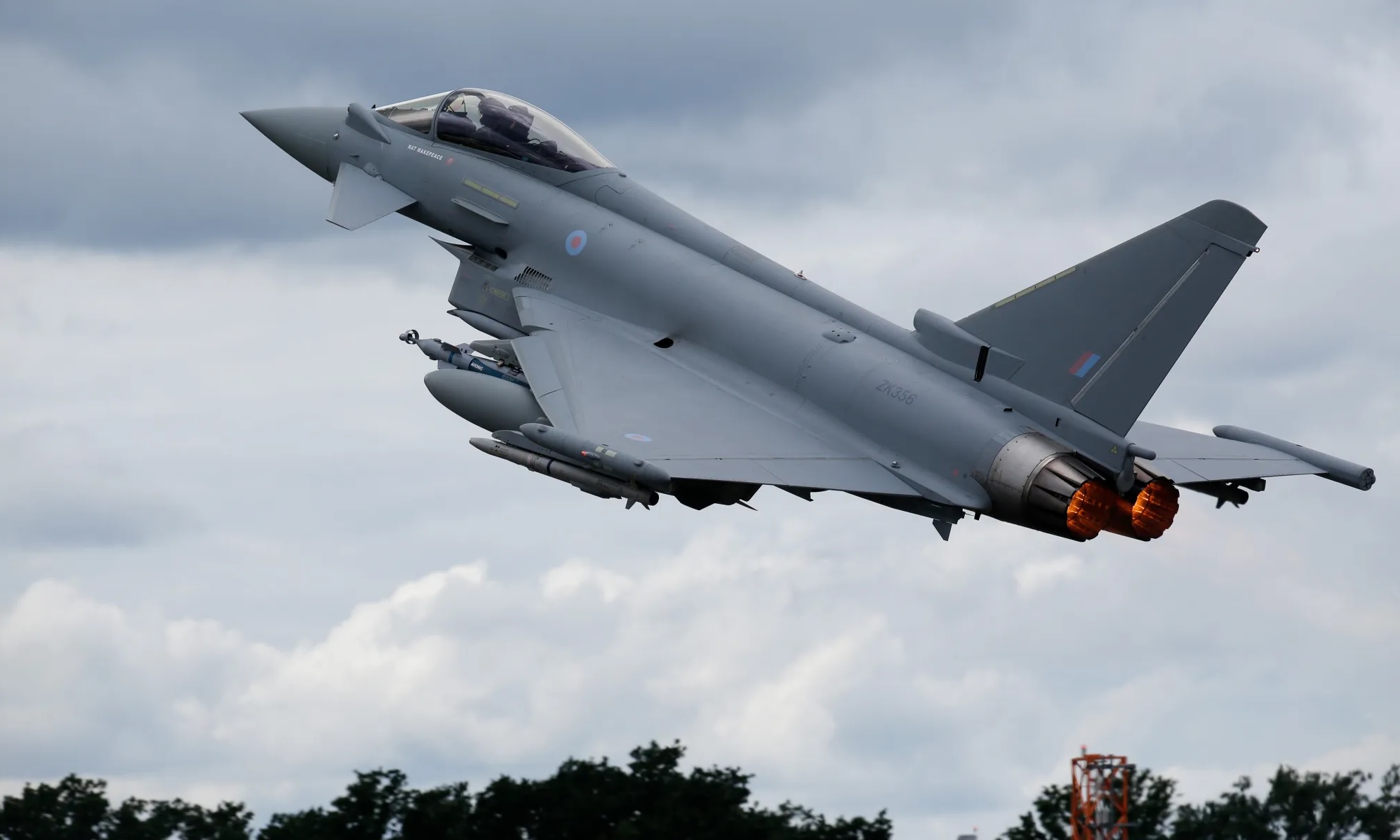Hubble Glitch renews talk about Private Servicing Mission

Renewed concerns have emerged over the status of the Hubble Space Telescope, prompting discussions within NASA about the possibility of approving a private mission for the spacecraft reboost and potential repairs. On November 29, NASA announced that the Hubble telescope had entered safe mode due to a problem with one of its three operational gyroscopes. The gyro in question had initially triggered safe mode on November 19 with faulty readings, and subsequent attempts to restore operations on November 21 and 23 encountered issues.
NASA stated that engineers were investigating the problem, refraining from providing an estimate for when science operations could resume. While Hubble can function with just one gyro, there is a reduction in productivity, particularly affecting certain solar system observations. Of the six gyros installed during the final shuttle servicing mission in 2009, three have malfunctioned.
The recent setback prompted a response from Jared Isaacman, the billionaire supporting SpaceX private astronaut missions under the Polaris program. Isaacman, referencing a study announced in September 2022 involving SpaceX and NASA, expressed interest in a private mission to reboost and potentially repair Hubble using SpaceX Crew Dragon.
The study, conducted under an unfunded Space Act Agreement, concluded earlier this year, with no details released about the findings or subsequent steps. Isaacman hinted at the feasibility of a reboost and servicing mission, although specific mission details remain undisclosed.
Apart from SpaceX, NASA had previously issued a request for information seeking concepts for commercial missions to reboost Hubble. Eight responses were received, including one from Astroscale and Momentus. The agency is currently evaluating these proposals, emphasizing the need to ensure the safety of the telescope during any servicing mission.
While industry insiders believe a reboost mission is feasible, skepticism exists regarding the complexity and cost of potential repairs. Concerns include the lack of necessary capabilities, such as an airlock and robotic arm, on Crew Dragon for servicing tasks. Furthermore, budget considerations loom large, especially as NASA science divisions face the possibility of significant budget cuts in the coming fiscal year. The uncertainties surrounding Hubble future underscore the challenges and trade-offs involved in balancing scientific priorities with budget constraints.



